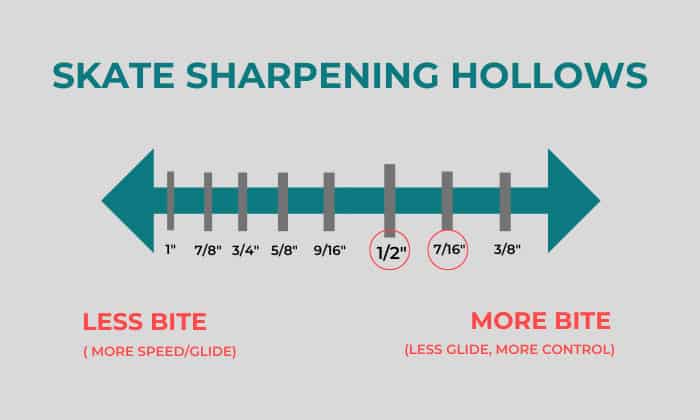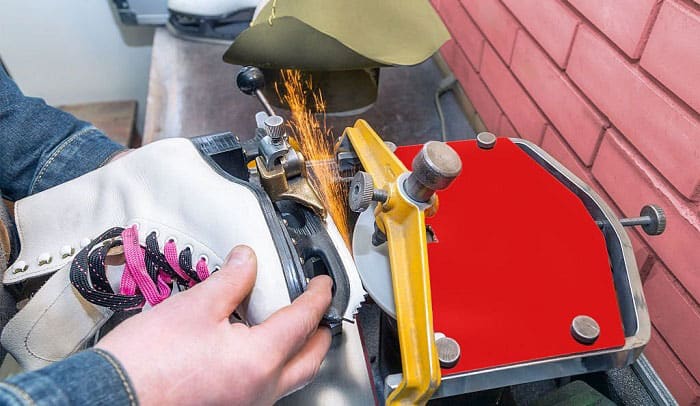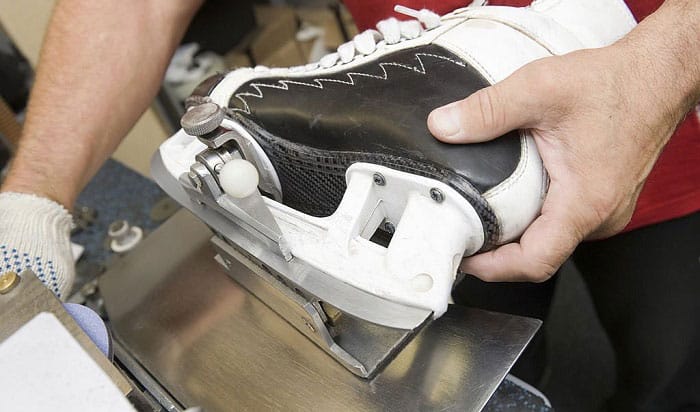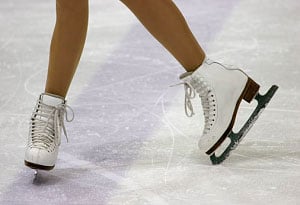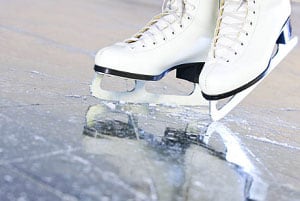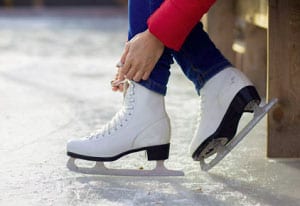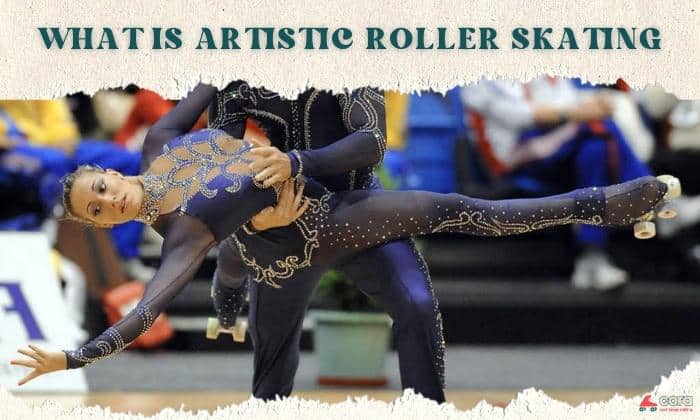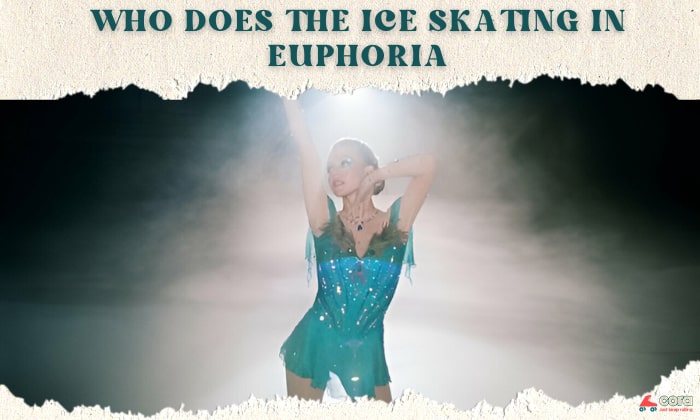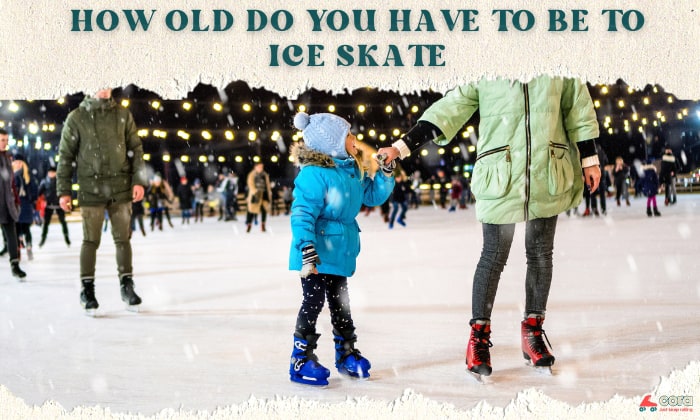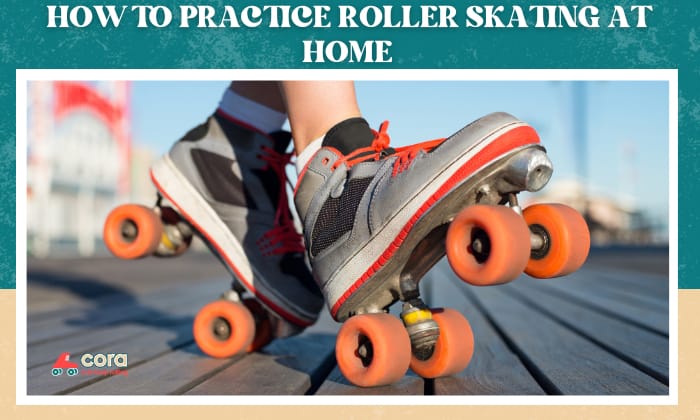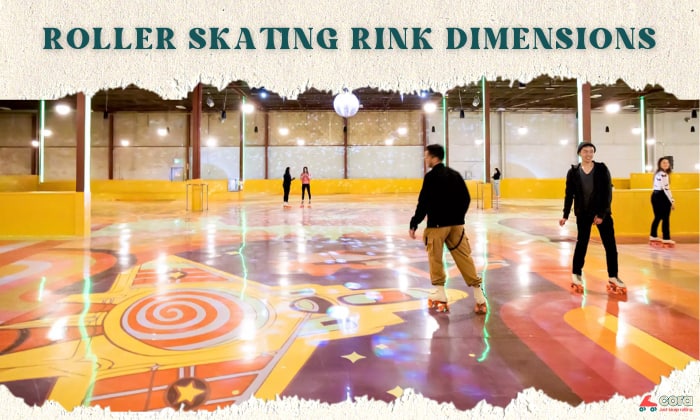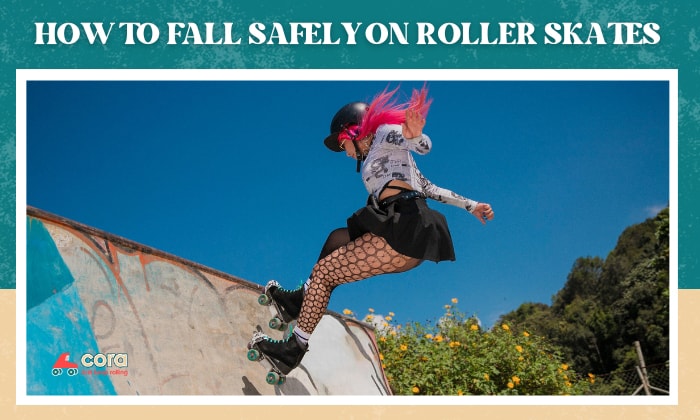Hockey skate sharpening is an important aspect that you need to think about when you get your own pair of skates. Otherwise, the blades will get dull, and their edges won’t be able to properly bite into the ice.
The two common hockey skate hollows are 1/2” and 7/16”. But between these two, which is better? Read this 1/2 vs 7/16 skate sharpening hollows blog post to find your answer.
Page Contents
1/2’’ vs. 7/16’’ Skate Sharpening Hollows
These are the two standard sizes of ice skate sharpening hollows that you can ask to get when you visit a skating shop. They differ in terms of radius size and skate sharpness and bite.
Below, we will delve into all the details. So, keep reading to find out!
Skate Sharpening Hollows – 1/2’’ vs. 7/16’’
1. The Radius Size
A 1/2’’ hollow radius is larger than 7/16”. As a bigger radius means a more fragile build, 1/2” skates can be less durable than 7/16” skates.
2. The Skate Sharpness & Bite
Between 1/2” and 7/16”, the former is duller. Skaters with a profile sharpened to 1/2” do not dig as deep into the ice, and this has several implications for how they perform.
First, it means that 1/2” blades lose less energy as they skid the surface, allowing you to glide on the surface without getting fatigued quickly—this can come in handy in competitions. This is because 1/2” skates cause less friction, so you don’t need to exert as much force to move.
Second, blades with larger sharpening radius can go much faster. Since they do not sink into the ice as 7/16” skates do, they can readily ramp up the speed. This makes them preferable for when speed is of utmost importance.
However, for these two perks 1/2” skates give up the ability to accelerate, turn, and stop swiftly. Skaters with 7/16” sharpened hollows can be a lot more responsive when it comes to turning and stopping. They will also have an easier time accelerating.
But 7/16” skaters will need to exert more effort to move, as more energy is lost into the ice. Skaters’ top speeds will fall short compared to skaters with 1/2” skates, despite being able to accelerate faster.
3. Pros & Cons
- Does not lose a lot of energy into the ice
- Allows skaters to go longer before getting tired
- Offers high speeds
- Does not accommodate swift accelerations, turns, and stops
- Not as durable
- Offers more bite (Deeper dig into the ice)
- Accommodates swift accelerations, turns, and stops
- More durable than 1/2” skates
- Requires more energy
- Does not offer high speeds
Other Common Types of Skate Sharpening Hollows
Skate sharpening chart:
| Inches | 1″ | 3/4″ | 5/8″ | 1/2″ | 7/16″ | 3/8″ |
| Centimeters | 2.5 | 2 | 1.6 | 1.3 | 1.1 | 0.95 |
Three other common skate sharpening measurements are 3/4″, 3/8” and 5/8”. Most skate sharpening guides will feature these along with 1/2″, 7/16” hollows.
Size-wise, these hollows are ordered as follows (small to large): 3/8″, 7/16″, 1/2″, 5/8″, 3/4″. The bite scale (meaning more bite to less bite) also goes in the same order.
So, for example, in 1/2” and 5/8” skate sharpening, the former has more bite.
What Size Skate Sharpening Cuts Should I Get?
1. Weight
The lighter you are, the smaller the radius can be. This is because a heavy weight will cause the skates to bite more into the ice, causing more friction. Therefore, it’d not make sense for a hefty person to go for a sharper blade, which will demand more energy and effort to glide on the ice.
In most cases, a 1/2” hollow will be the standard choice for most people, as it offers enough bites without sacrificing too much of speed. However, if you’re lighter than average, a 3/8” hollow will suit you best. In contrast, those on the heavier side might want to consider a radius of at least 3/4”.
2. Skating Preference
If you are in it for the speed, you should go with the shallower hollow: 1/2”. However, if you want to be able to make snappy turns and stops, it is better to opt for deeper hollows: 7/16” and 3/8”.
3. Skating Level
- Beginners will find it easier to skate with a deeper hollow, like 7/16”. Though it may require more effort, the bite can help you get used to balancing and gliding across a slippery ice surface. For beginners, a shallow hollow might be trickier to handle.
- Professional skaters, on the other hand, might want shallow hollows, such as 5/8” and 3/4”, as they allow the athletes to pick up higher speeds.
4. Skating Sport
The recommended size skate sharpening cuts also vary depending on what skating sport you participate in. This means you’ll need to think about whether the activity calls for speed, maneuverability, sharp turns, etc.
For example, figure skate blade profiles tend to have duller blades, as they allow for more elegant movements and smooth glides on the ice. This is why a 5/8 profile is the most common for figure skaters, whereas something as thin as 3/8 figure skate sharpeners are almost unheard of for this specific sport.
In contrast, hockey hollows tend to be sharper, especially for forward players. We recommend the 7/16” hollow and a 9/16″ skate sharpening as they are more accommodating of technical turns, stops, and bursts of acceleration than 1/2”.
- Note: The typical NHL skate sharpening hollow is 5/8″. If you have come across a hockey sharpening chart before, you probably already know this!
5. Ice Temperature
Larger radius skate hollows are used on softer and less-cold ice. To be specific, ¾, 1/2 and 5/8 skate sharpening would be the best choice for these surfaces—they will not sink too deep into the ice, allowing you to keep gliding smoothly.
For particularly hard and cold surfaces, 3/8″ or 7/16″ is advised. They dig deep into the ice, allowing you to accelerate and make sharp turns and stops.
Conclusion
There you go, now you know the differences between 1/2 vs 7/16 skate sharpening hollows. Hopefully, the next time you head into a skating shop for sharpening, you’ll know which is the best choice for your needs.
To sum up, the first factor you should think about when picking between 1/2” vs. 7/16” is your weight. Then, consider your skating preference, style, level, sport, and the temperature of the ice.

Harrison is a skating enthusiast who picked up the sport during her student exchange years in Canada. She has been a skating coach for children and teens for 3 years and now holds classes as a freelancer. Harrison entwines her experience leading skating classes in the content published on Cora to help readers fall in love with skating, just like she did.


